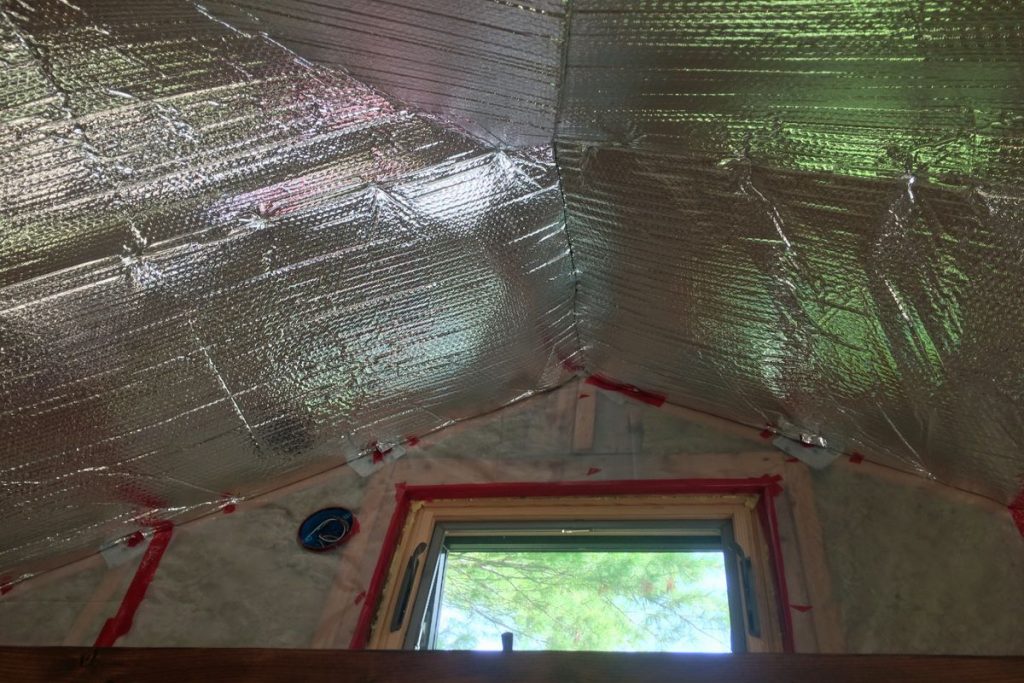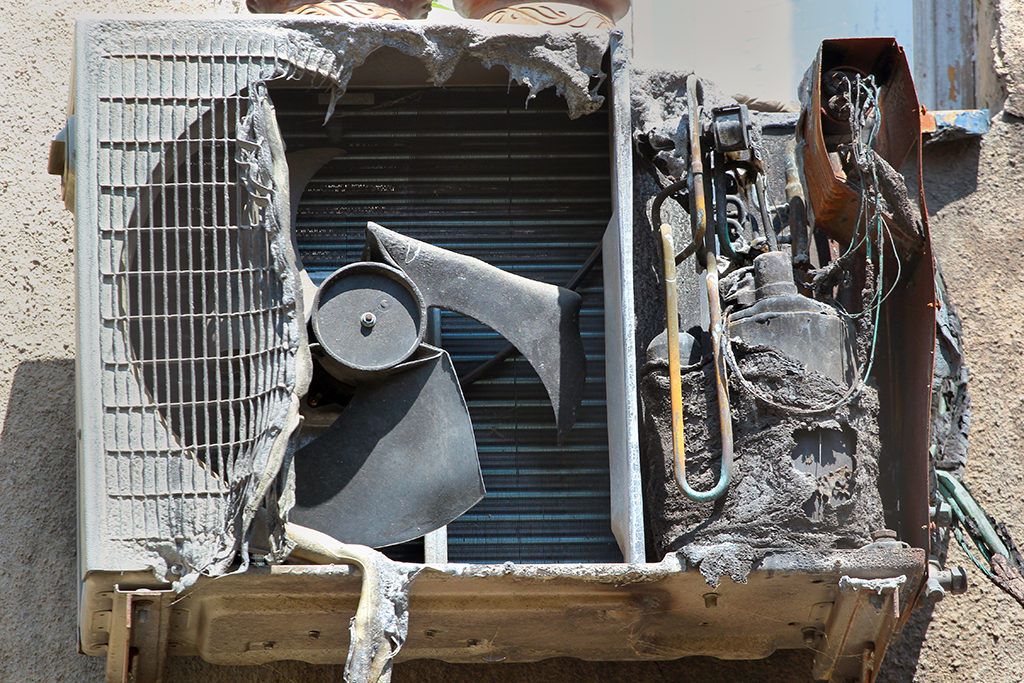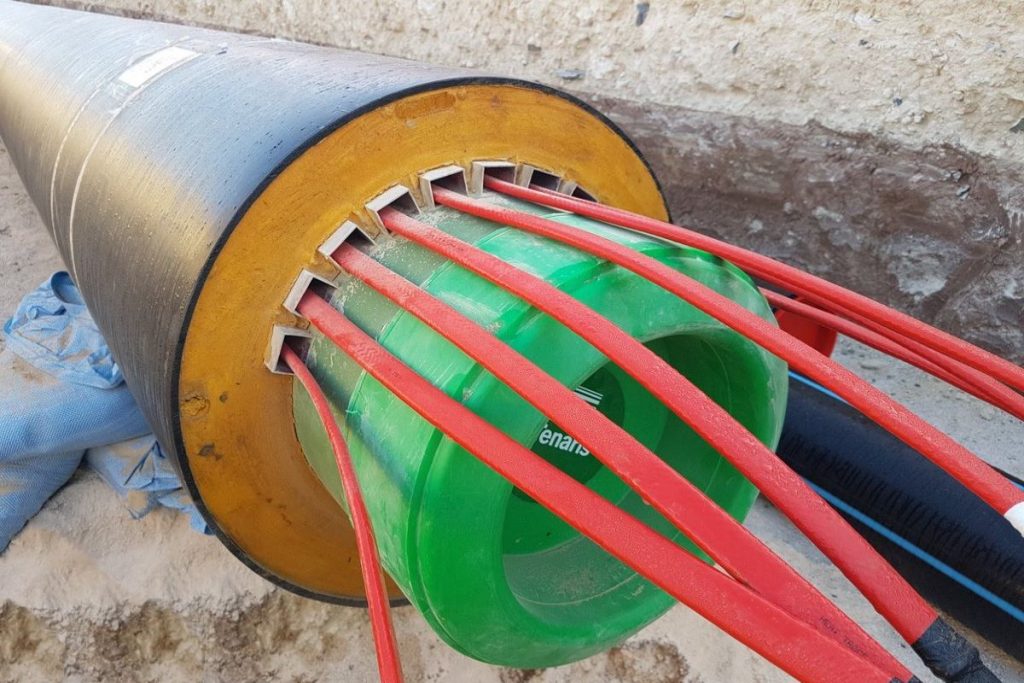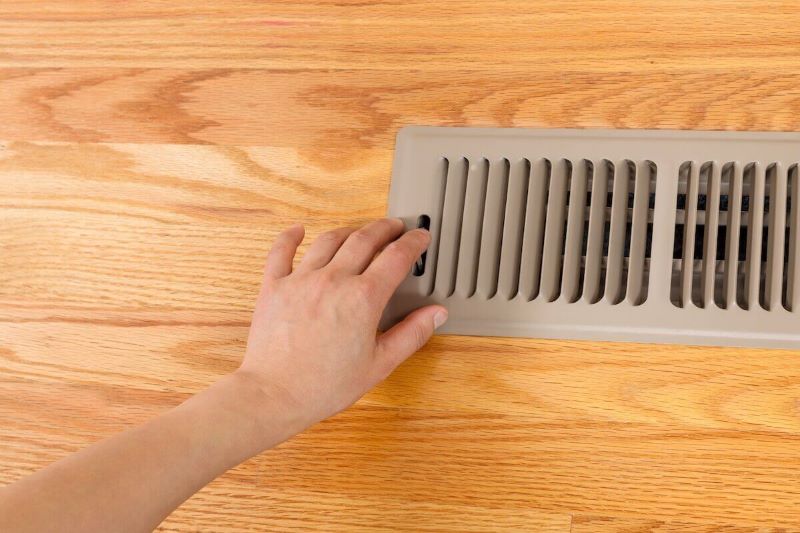Table of Contents
A common question for any house owner is, can a radiant barrier be a solution? Or is it right for you to get radiant barrier insulation? When you live around a warmer area where cooling cost is prohibitive, the radiant barrier is a solution. But as they don’t have an R-value, you can install them as a building part.
Not to mention, the cost of installing a radiant barrier is always going to be pricey. Also, many scam manufacturers claim their radiant barrier is going to skyrocket your energy savings. For this reason, many people ask us, is it a solution for our home? Well, we cannot jump to any conclusion and say, ‘yes, just go on with radiant barrier insulation.’ So, we are thinking about giving you a proper answer.
Anyway, scroll below this content to know about the radiant barrier being the better choice for your house’s heat reduction.
Aspects of using a radiant barrier
When we are thinking about the aspects of radiant barrier insulation, there are no standard testing results. Now, you are getting a radiant barrier for reducing your cooling bills and keeping the temperature reasonable. Indeed, it will work, and you can reduce the bills by a margin. However, the thing sure won’t work like the scam manufacturers claim it to be. However, now we are going to talk about the aspects of radiant barrier insulation.
Three types of radiant barrier
Understanding the main three types of radiant barriers will shed some light on your thinking.
Radiant Barrier Paint
Well, you cannot say that these are a radiant barriers because it’s nothing but paint, and nothing else. However, applying them is very easy, but they don’t work like they say they would.
Foiled Backed Sheathing
In these types of sheathing, the foil is installed down towards the attic. When you are making any new house, install the sheathing instead of plywood.
Radiant Barrier Foil
Among the three types of radiant barriers, these types of radiant barriers offer the best possible support. You can easily install them in any homeroom attic. However, it will be tough to install them on high-pitched attics. Well, installing a false ceiling may help you get better results.
Attic Condition
Depending on the attic’s condition, you can understand whether you should get a barrier. If the gate is well insulated, you don’t need to get a radiant barrier. When the roof receives direct sunlight and ductwork in the attic, you better get a barrier.
The great usefulness of a barrier
Most of the house has insulation, and for the warmer area, a barrier is always the better choice. There is plenty of reason we can show you the compatibility of a radiant barrier. However, we are listing down some of them for you.
Cooling cost reduction
Radiant barriers reduce the heat by reflecting all the heat from the attic. When your roof receives direct sunlight, insulation will only absorb the heat. So, the additional cooling cost will always get higher because you will need to use air conditioning more often.
On the other hand, when you have a radiant barrier, it will reflect all the heat from the roof and save you an additional cooling cost. You won’t have to rely on air conditioning too often.
Less Heat Conduction
Heat always tends to flow from a warm area to a more relaxed space. When your insulation is absorbing all the excitement, some of the heat will ever reach the house. So, you have to turn the air conditioner on and keep the home fresh. Insulation can only slow down the heat conduction process, nothing more.
However, the radiant barrier will reflect all the heat from your attic for good. But installing the right wall is always going to be the key for you. Otherwise, you will fall for the scan radiant barrier and end up wasting cash. Hot areas can get radiant barriers to keep the heat conduction minimum.
Arrival as a solution
We can see the bright picture right now as radiant barrier insulation can be the right solution. Well, the electricity bill is quite a daunting thing for any house. Also, if you stop the cooling system, the house is not going to stay comfortable. Radiant barriers can save you up to 6 to 12% of the cooling cost. But installing the barrier is not cheap, rather pricey. Once installed, you can always stay comfortable within your house.
Final Verdict
So, now you know the answer that radiant barriers can become a solution for your house. However, walls cannot work within cooler areas. Yes, it cannot make your home warmer. But for hot places, a barrier can keep the house comfortable and free of heat conduction. Many manufacturers claim their barrier is going to do some impossible heat reduction and don’t fall for the sweet talk. Always make the smart move, and look for the right type of barrier. Only that can be the right solution for your house.








